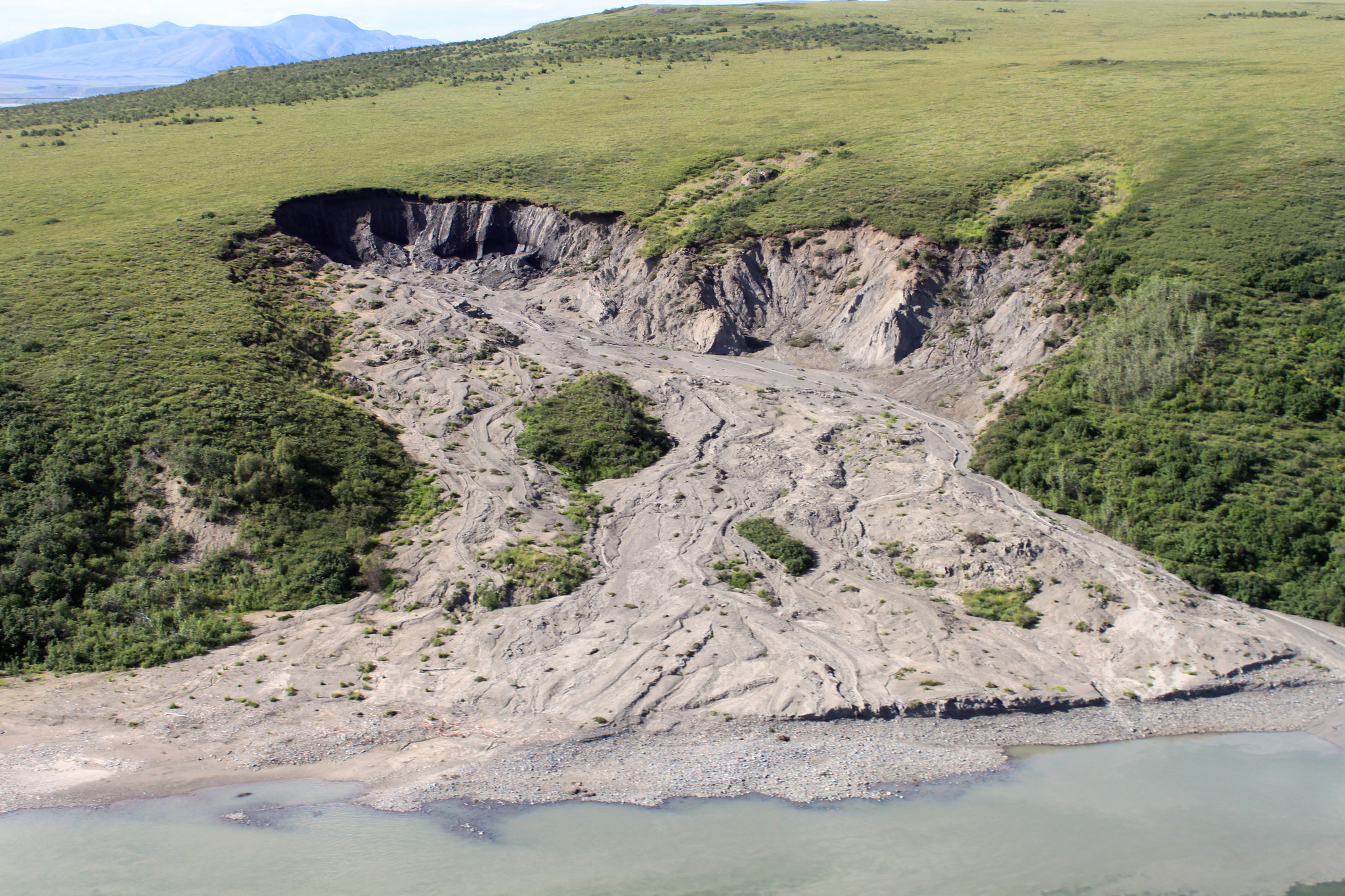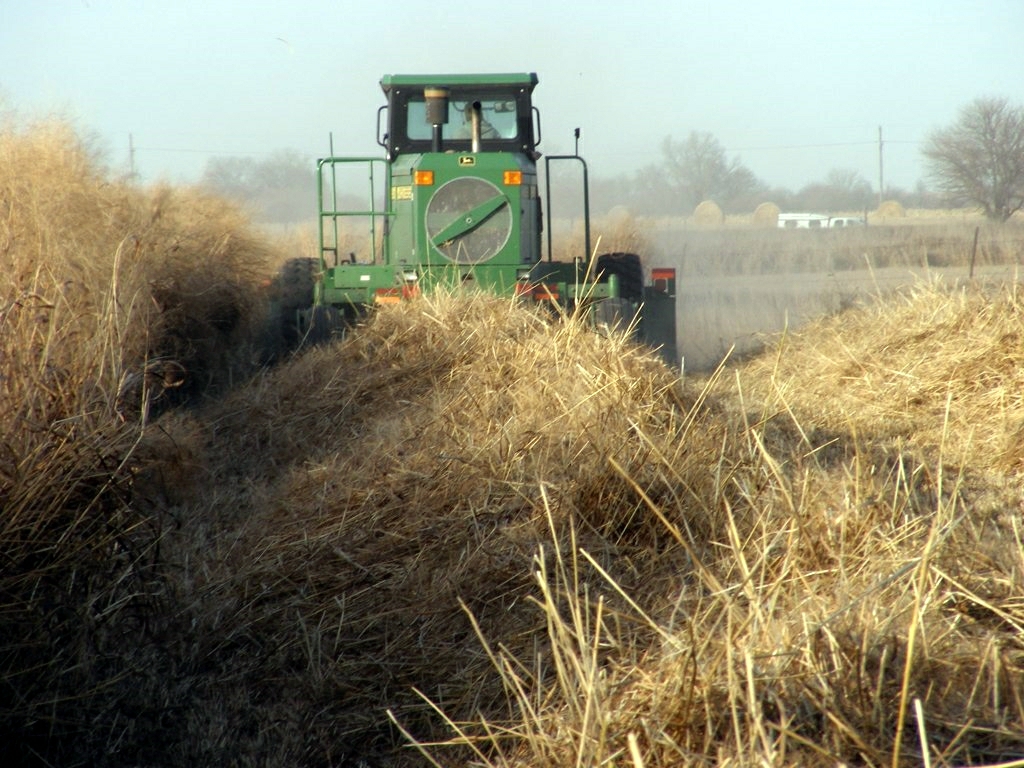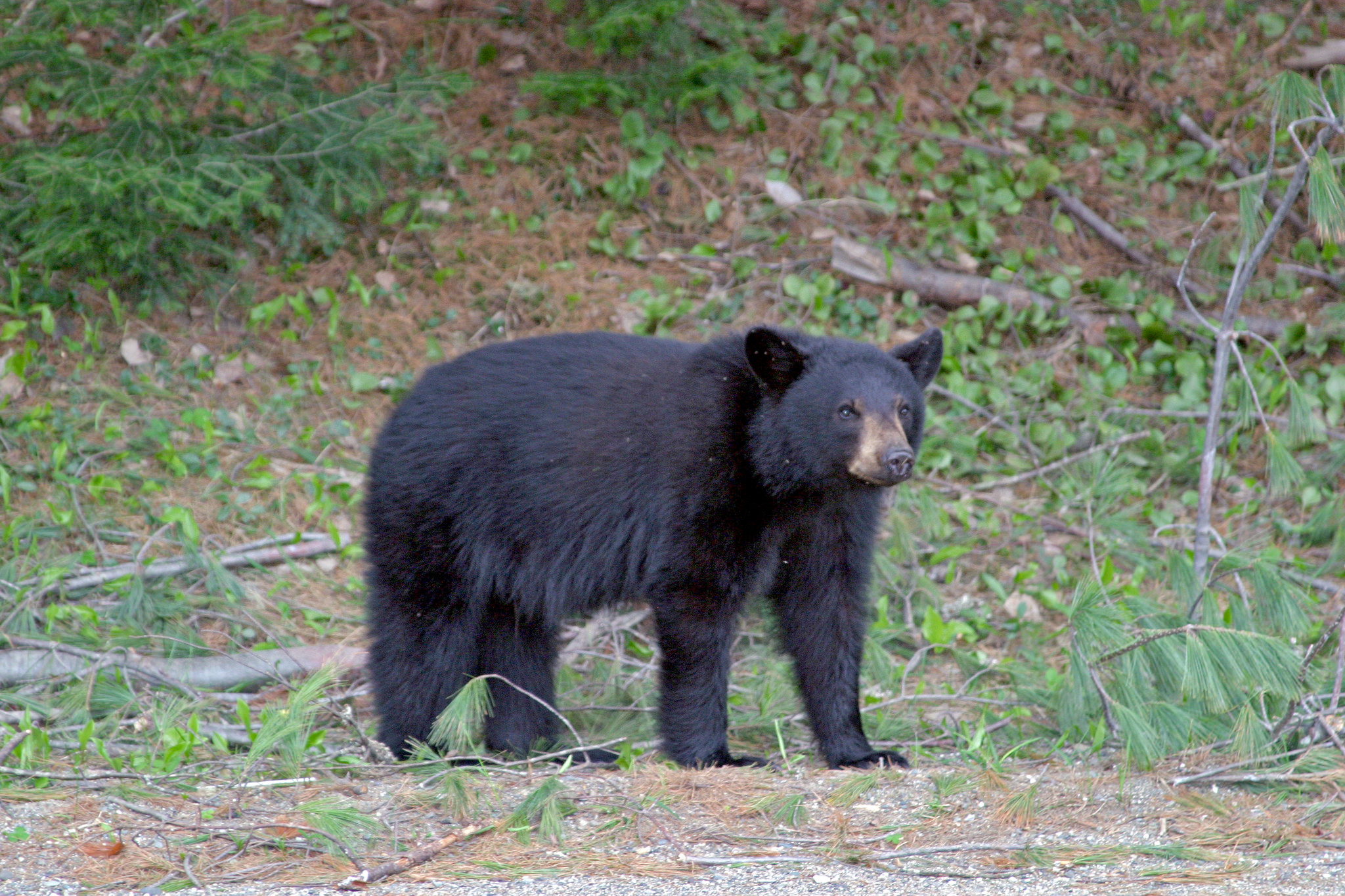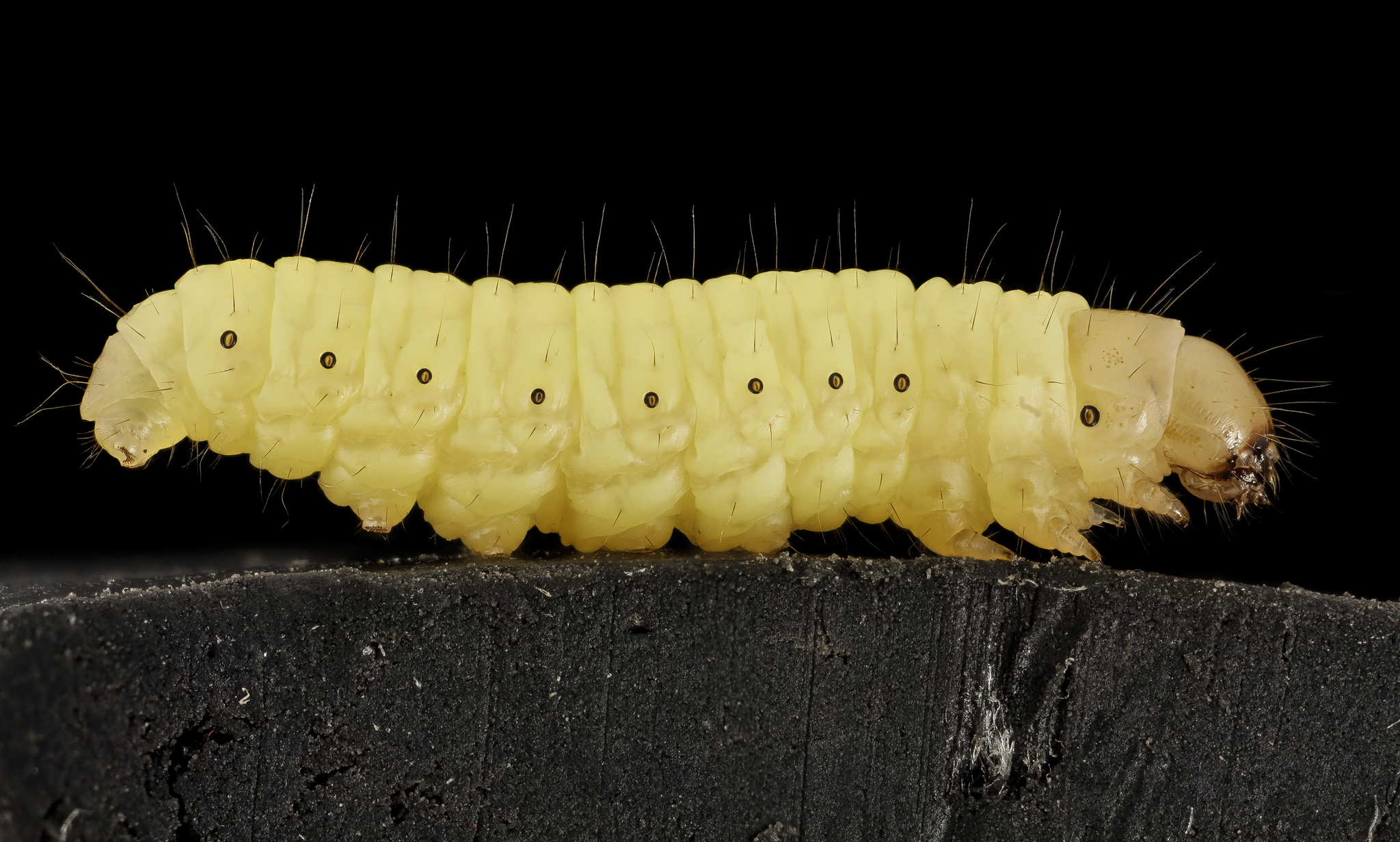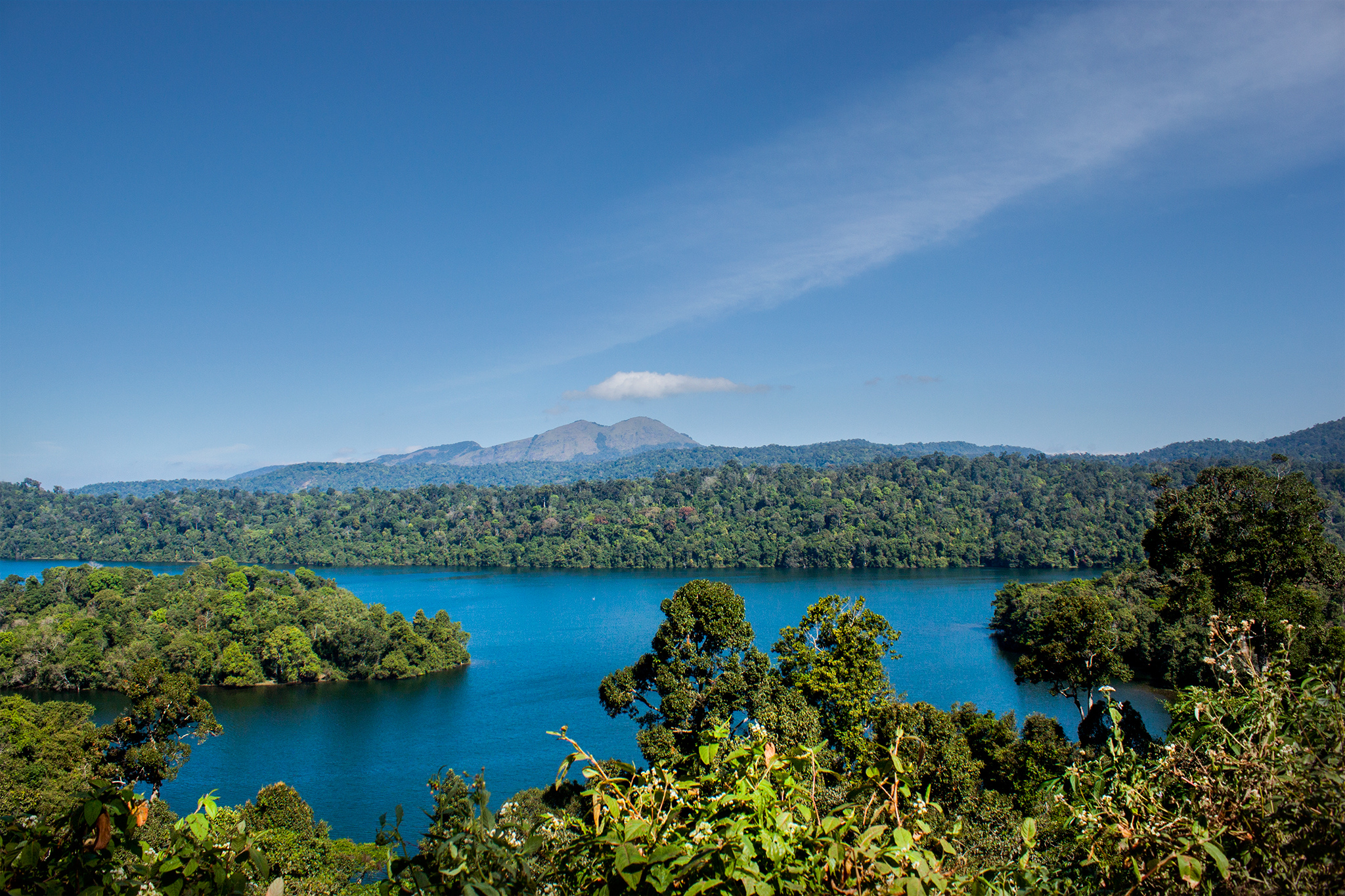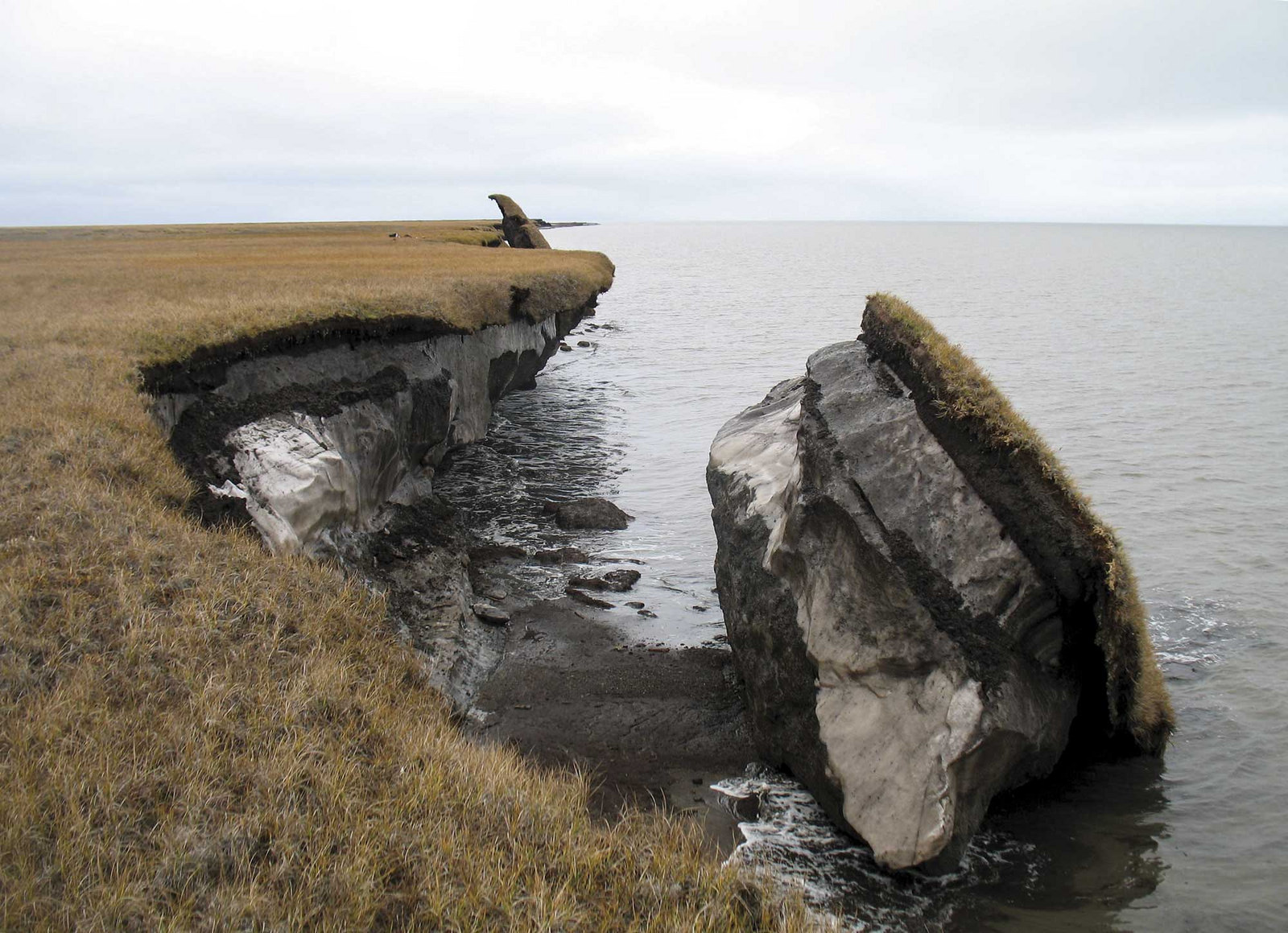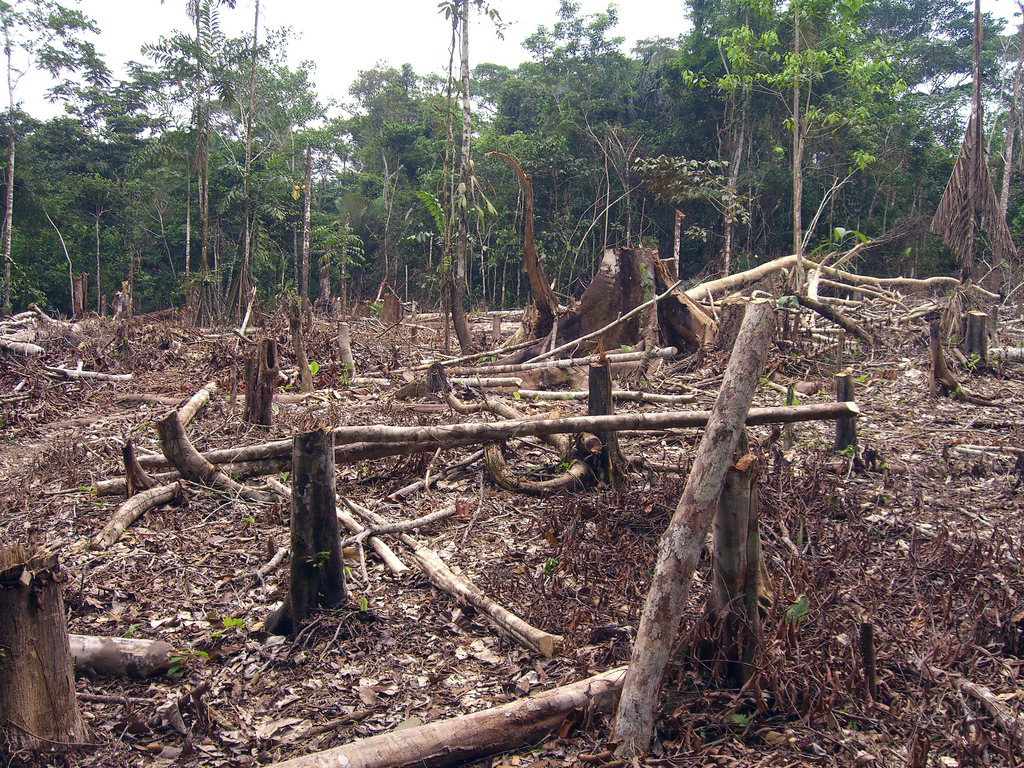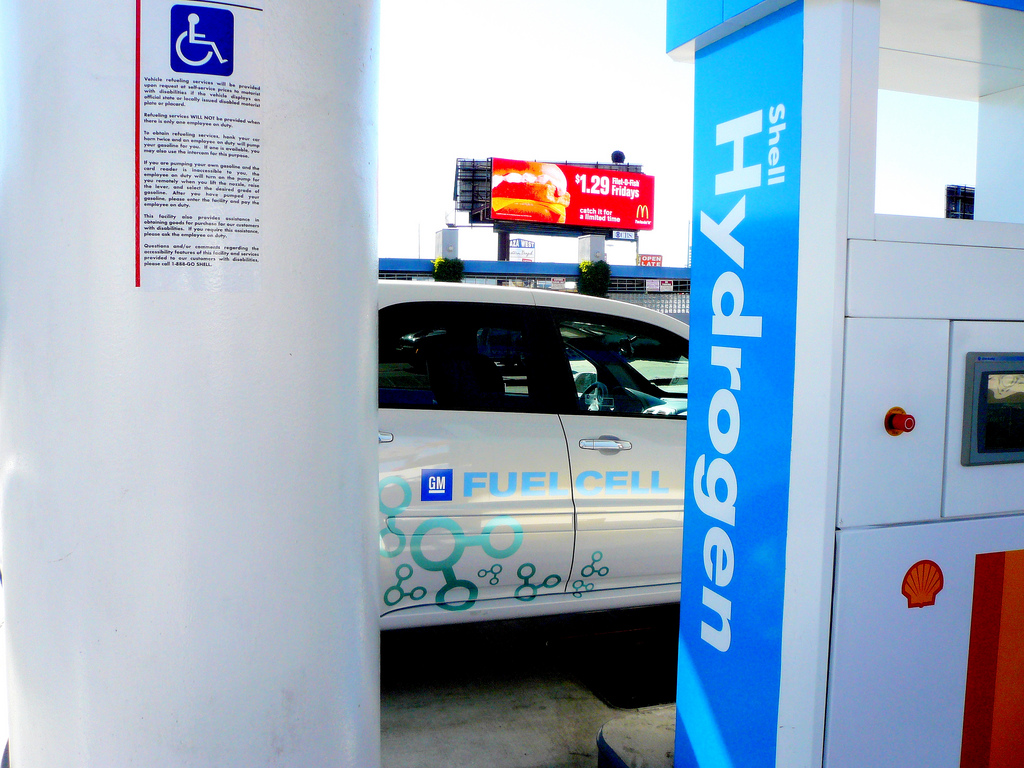Our Environment
Improving Energy Storage
The transition to sustainable energy sources faces many challenges. One important one is to make those sources as reliable as conventional energy systems. For technologies like solar and wind power, which can’t operate around the clock, an enabling element is effective energy storage. Energy storage is critical for both the electricity grid and for transportation.
Carbon Dioxide Marches On
The end of 2013 marked the first occasional observations of carbon dioxide levels in the atmosphere of 400 parts per million. There is nothing magical about that value, but we do tend to focus on round numbers.
Natural Mosquito Repellents
With summer comes mosquitoes and our desire to keep them away from us. The most common repellents are based on the chemical DEET, which unfortunately has been found to have several health and safety problems. Up to 15% of DEET is absorbed through the skin directly into the bloodstream. Diethyl-meta-toluamide, the chemical name for DEET, has been shown to have a variety of toxic effects. Fortunately, it turns out that there are some natural alternatives which may be as effective as DEET, or possibly even more effective than DEET in keeping mosquitoes away from us.
Delivery By Fuel Cell
UPS recently announced a demonstration project that will put a prototype electric truck powered by a hydrogen fuel cell through the delivery company’s challenging paces. Fuel cells have been used in some commercial vehicles to power auxiliary systems, but this is the first time that they will be used to propel a vehicle.
Surging Wind Power In The U.S.
So far, it has been a big year for the U.S. wind industry, which experienced its fastest first-quarter growth since 2009. In total, about 2,000 megawatts of new capacity was installed, enough to power about 500,000 homes. With this addition, wind now produces 5 1/2% of the country’s electricity.
Carbon From The Alaskan Tundra
The soils that encircle the northern reaches of the Arctic are a vast repository for carbon in the form of undecayed organic matter from dead vegetation. The enormous amount of material trapped in the permafrost contains enough carbon to double the current amount of carbon dioxide in the Earth’s atmosphere.
Making Biofuel Cost Effective
Biofuels are considered to be a sustainable alternative to fossil fuels. However, they are generally more expensive than competing fossil fuels. Government subsidies, such as we have for ethanol in this country, have been necessary to make biofuels competitive in the marketplace.
More Bears In New York
The population of black bears in southern New York has grown and expanded its range over the past 20 years, which has led to increased encounters with people. Until recently, a detailed knowledge of bear populations in the state has been lacking.
Fossil Fuel Companies And Renewables
There is a tendency to think of the changes in the energy industry as a pitched battle between fossil fuel companies and renewable energy. There is some truth to this, but only to a certain extent. The multi-trillion-dollar fossil fuel industry is made up of businesses dedicated to growth and increased profits. And like businesses in other industries when major changes occur, fossil fuel companies may read the tea leaves and change with the times.
Dangerous Diseases From The Past
Climate change is poised to transform life on Earth as we know it. The higher temperatures, the rising seas, the more frequent floods and droughts, among the countless other consequences associated with climate change, threaten to do irreversible damage to the world in the coming decades.
The Methanol Economy
The methanol economy is an idea that was promoted by the late Nobel-prize-winning chemist George Olah since the 1990s. The idea is to replace fossil fuels with methanol for energy storage, ground transportation fuel, and raw material for hydrocarbon-based products. Methanol is the simplest alcohol and can be produced from a wide variety of sources ranging from fossil fuels to agricultural products to just carbon dioxide. Methanol can be used directly as a fuel or it can be reformed into hydrogen, which can then itself be used as a fuel.
Worms That Eat Plastic
Plastics clogging up our landfills and polluting our oceans are a scourge of modern life and we struggle with ways to combat this growing problem. The biggest issue is that most plastics are simply not biodegradable. Polyethylene, the common plastic found in shopping bags and numerous other products, takes between 100 and 400 years to degrade in a landfill.
Mapping Risk
The International Union for Conservation of Nature (IUCN) is the global authority for determining species’ vulnerability in the face of threats such as habitat loss and climate change. How widely a species can be found – its geographic range – is a key indicator used by the IUCN to assign an appropriate conservation status.
A Hydrogen-Powered Train
It seems like something out of a science fiction movie, but a nearly silent train that glides along its tracks emitting nothing but water is a reality. In March, Germany conducted successful tests of the world’s first “Hydrail,” which is a hydrogen-powered, zero-emission train.
Renewable Energy Projects In The Northeast
The seven northeastern U.S. states that make up the Regional Greenhouse Gas Initiative have all set ambitious emissions reduction goals and renewable energy targets that will be difficult to meet. For example, New York has the goal of getting 50% of its electricity from renewable sources by the year 2030.
[Read more…] about Renewable Energy Projects In The Northeast
Increasing Biological Invasions
Invasive species have been a problem for quite some time. Over the years, we have grappled with – among other things – invasive plants from Japan, zebra mussels from eastern Europe, and Asian fungus that kills off ash trees in our forests.
A Threat to Rhinos
A South African court recently overturned a national ban on the trade of rhinoceros horns – a decision that was celebrated by the country’s commercial rhino breeders but slammed by animal preservation groups. A moratorium on rhino horn trade had been in effect in South Africa since 2009.
Deforestation in the Amazon Rainforest
The Amazon rainforest is the biggest in the world, larger than the next two biggest combined. It covers over 3 million square miles, roughly the size of the lower 48 states. For this reason, it functions as a critical sink for carbon in the atmosphere.
A New Record For Solar Hydrogen Production
Renewable energy may be under attack by the federal government these days, but one federal agency is making great progress on using the sun’s energy to split hydrogen from water. The National Renewable Energy Laboratory, located in Golden, Colorado, recently highlighted two initiatives aimed at the production of renewable hydrogen.
[Read more…] about A New Record For Solar Hydrogen Production






